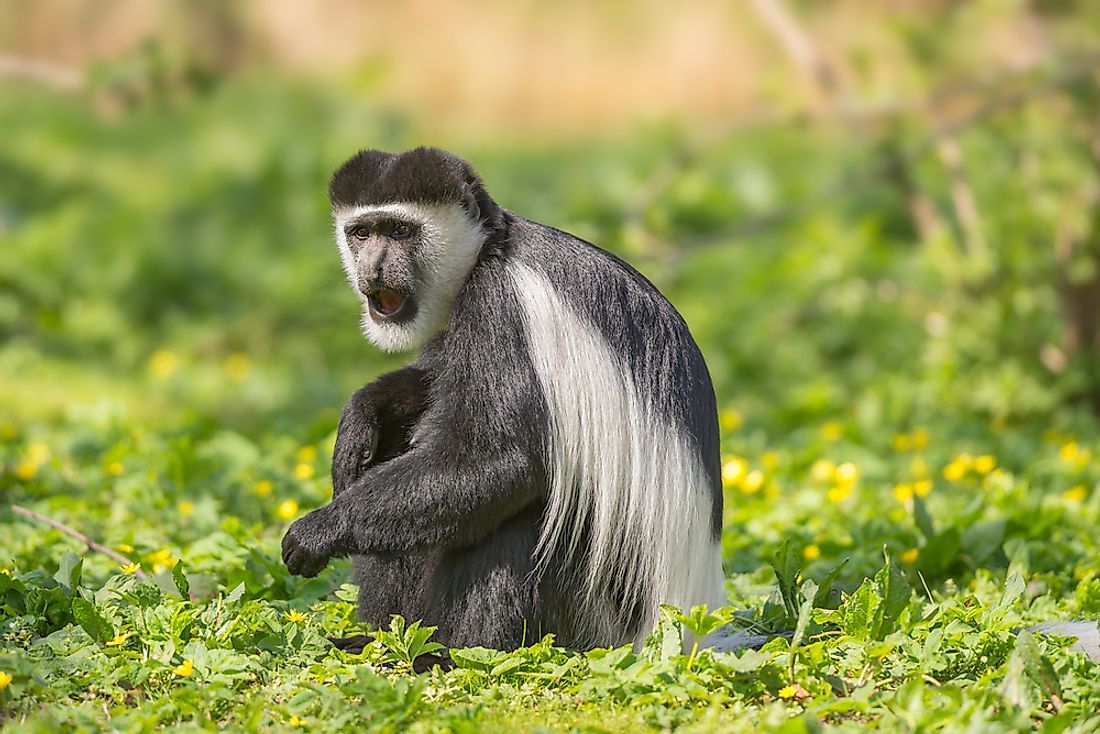The National Parks Of Nigeria: Role In Protecting The Country's Biodiversity

The eight national parks of Nigeria covering 20,156 km2, or about 3% of Nigeria’s total area, play a vital role in conservation. The biggest of these parks is the Gashaka Gumti National Park which stretches for 6402 km2 in Adamawa and Taraba States. The first national park in Nigeria was founded in 1979 as Kainji Lake. Subsequent national parks have been established since then, all under the jurisdiction of the Nigeria National Park Service (NNPS).
The Wildlife Of Nigeria
Nigeria is home to iconic African animal species as well as endemic fauna. Mammals found in Nigeria are the African elephant, pygmy hippopotamus, African wild dogs, leopards, buffaloes, lions, hyenas, bushbuck, waterbuck, shrews, and bats. Primates roaming the region include the white-throated monkey, red colobus monkey, Cross River gorilla, chimpanzee, mandrill, and the scalter's guenon. Avifauna in Nigeria total to 940 species and range from parrots, warblers, ostrich, flamingos, herons and egrets, cormorants, pigeons, hawks, kingfishers, hornbills, flycatchers, crows, ravens, crossbills, and seedeaters. The wildlife of Nigeria also includes populations of amphibians and reptiles. The wetlands of Nigeria are home to aquatic animals such as mongoose, otter, manatee, crocodiles, monitor lizards, and fish species.
The Threats To Nigeria’s Wildlife
Animals in Nigeria face numerous threats which impede on their sustainability. Top among these threats is poaching, which has reduced populations of some of the country’s important species such as the elephants, lions, and hippopotamus. The animals are a source of bushmeat especially in the rural areas where hunting of species such as antelopes is most rampant. Extensive deforestation is one of the major factors leading to habitat loss in Nigeria. Wood and Charcoal are prized as affordable energy sources in a country where poverty levels are high. Agricultural projects, infrastructure development, and plantations have also contributed to habitat loss. Loss of forests has made animals more vulnerable to external threats. Domestic and industrial pollution have contributed to the degradation of aquatic habitats and consequently threatened aquatic fauna.
The Need To Conserve: Establishment Of National Parks In Nigeria
The legal framework for the establishment of national parks in Nigeria was provided for by Decree No. 46 of 1979 which facilitated the founding of the Kainji Lake National Park. This decree was followed by Decree No. 36 of 1991, which enabled five additional national parks to begin operations. Act 46 of 1999 is the current legal instrument enabling the operations of national parks in Nigeria under the Federal Government. The country’s eight national parks occupy different ecological zones and have their own unique natural and biophysical characteristics.
The Current Role Played By The National Parks Of Nigeria
The national parks in Nigeria serve to protect the country’s diverse flora and fauna. The parks offer local and international visitors the best opportunities to sample Nigeria’s natural habitats as well as biodiversity. The national parks portray the success or failure of government environmental policies as implemented and provide opportunities for improvement on conservation policies. The national parks are especially critical in mitigating environmental threats. The parks ensure that the natural ecosystems remain intact and shield them from negative external factors. The eight national parks have been invaluable in boosting the country’s lucrative tourism sector.
The National Parks Of Nigeria: Role In Protecting The Country's Biodiversity
| Rank | National Park | Area km2 | Established | State(s) |
|---|---|---|---|---|
| 1 | Gashaka Gumti | 6,731 | 1991 | Taraba, Adamawa |
| 2 | Kainji | 5,382 | 1979 | Niger, Kwara |
| 3 | Cross River | 4,000 | 1991 | Cross River |
| 4 | Old Oyo | 2,512 | 1991 | Oyo, Kwara |
| 5 | Chad Basin | 2,258 | 1991 | Borno, Yobe |
| 6 | Yankari | 2,244 | 1962 | Bauchi |
| 7 | Kamuku | 1,121 | 1999 | Kaduna |
| 8 | Okomu | 181 | 1999 | Edo |











